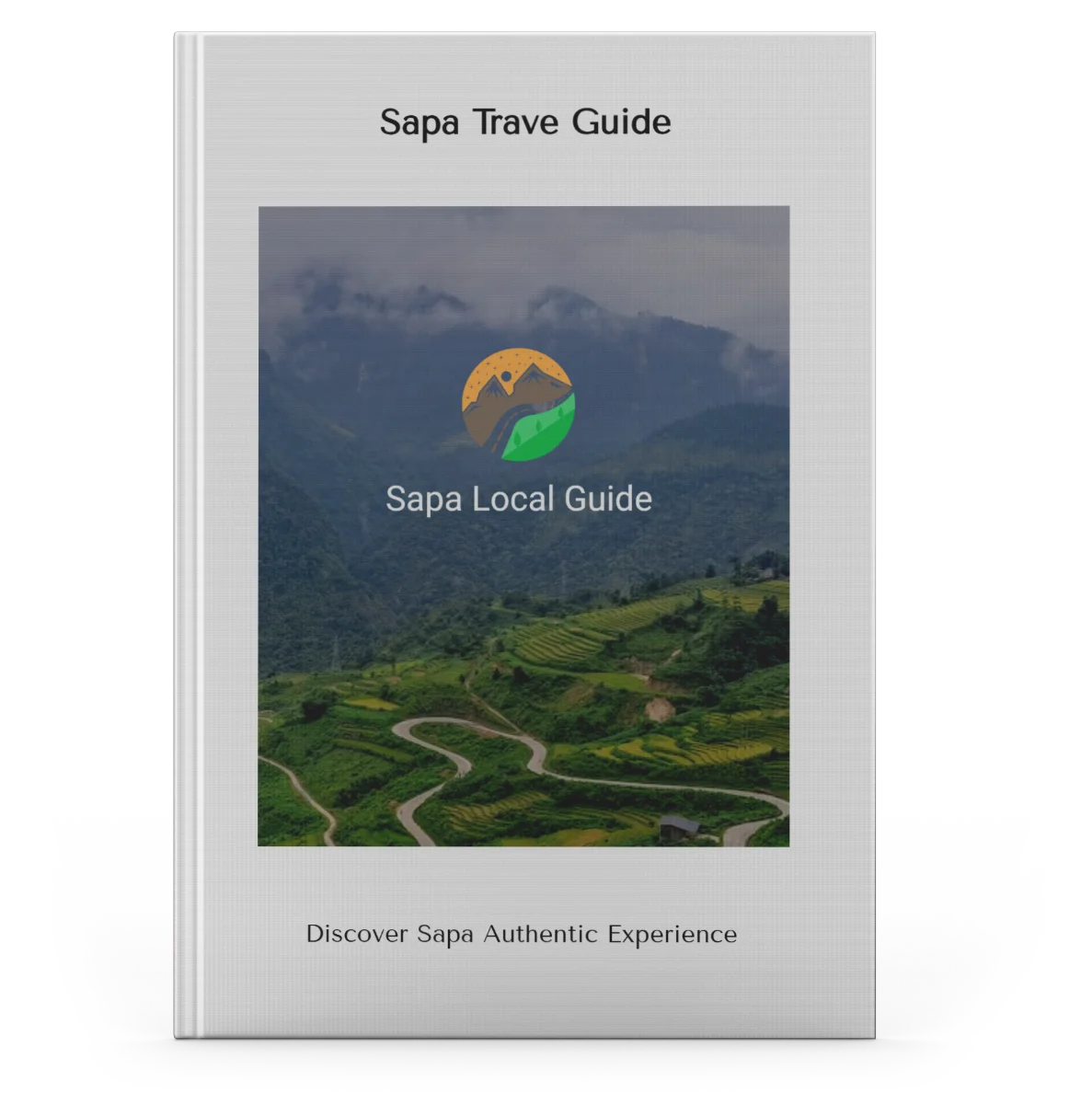![]()
Authentic Experience of Sapa
Experience authentic Vietnam in local homestays: from rustic ethnic villages in Sapa to modern comforts in cities like Hanoi, Ha Long and Dalat.
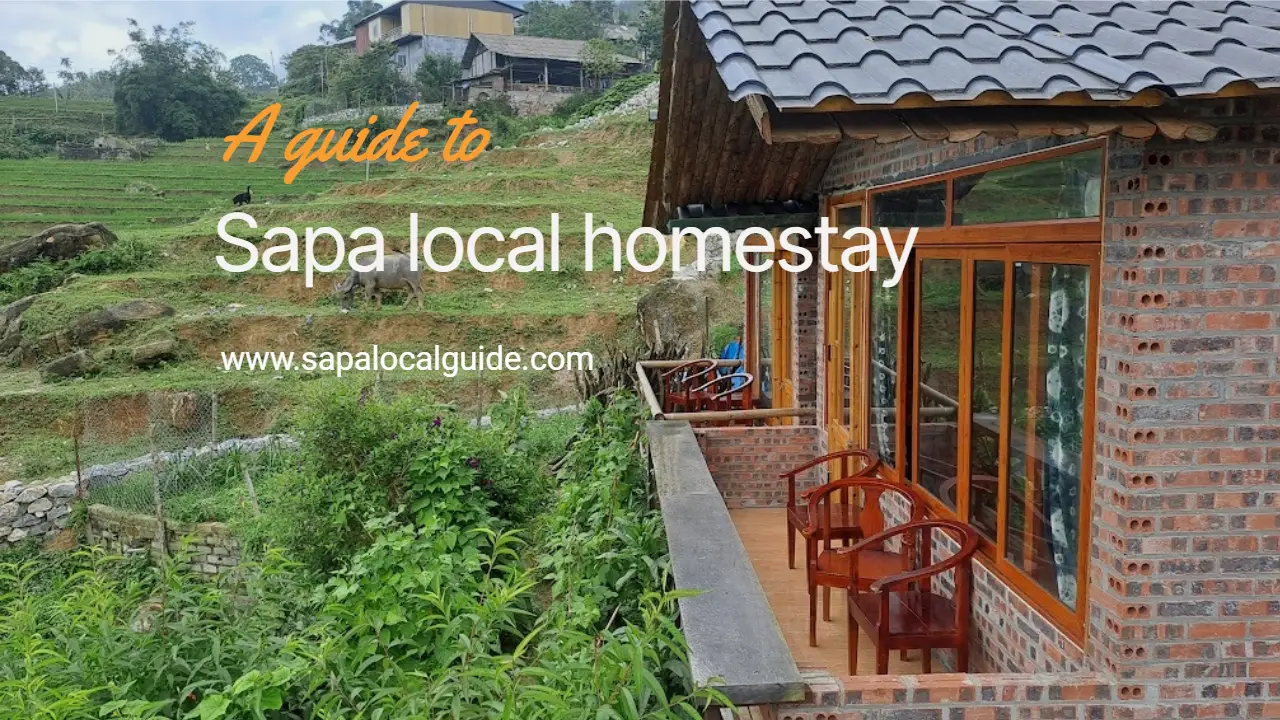
A popular way to stay in Vietnam is by living in a local homestay in Sapa with ethnic people. You get to stay with the locals in their homes and share everything with them. Homestays are common in Vietnam, especially in villages with ethnic minorities. But you can also find homestays in cities like Hanoi or Dalat. In the past, ethnic people were not allowed to host foreign tourists (except in controlled tourist areas like Sapa), but now this is slowly changing.
Key Takeaways:
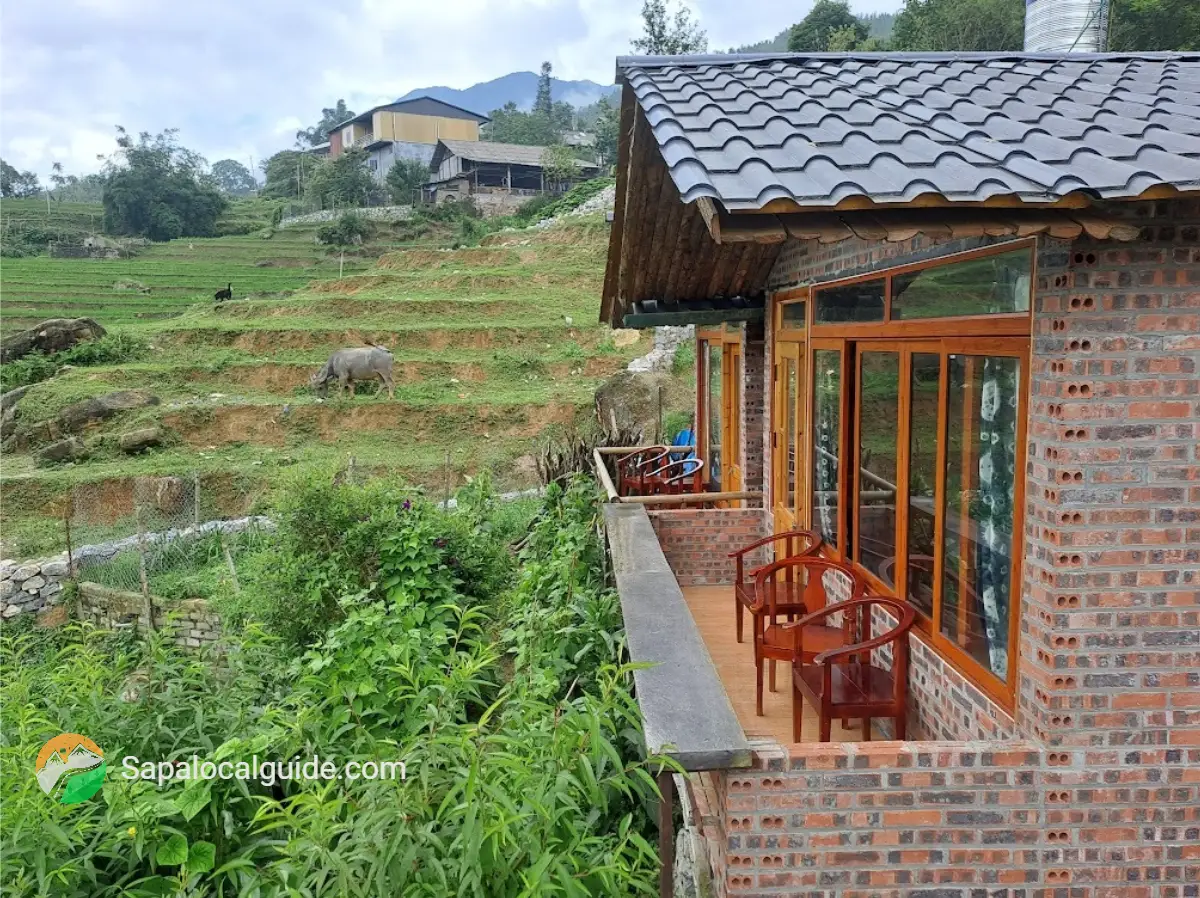
As the name says, Local homestay is when you stay overnight in someone's home. There are different kinds of homestays:
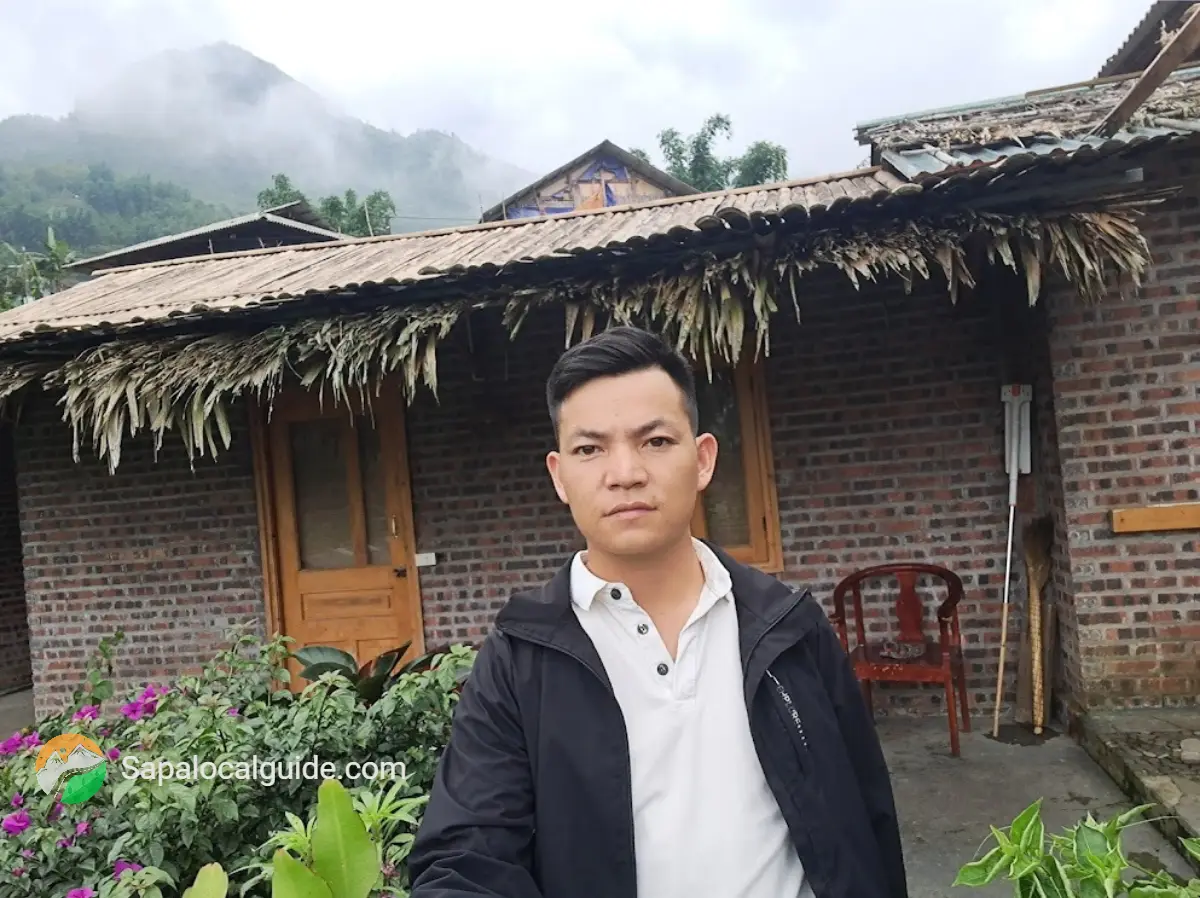
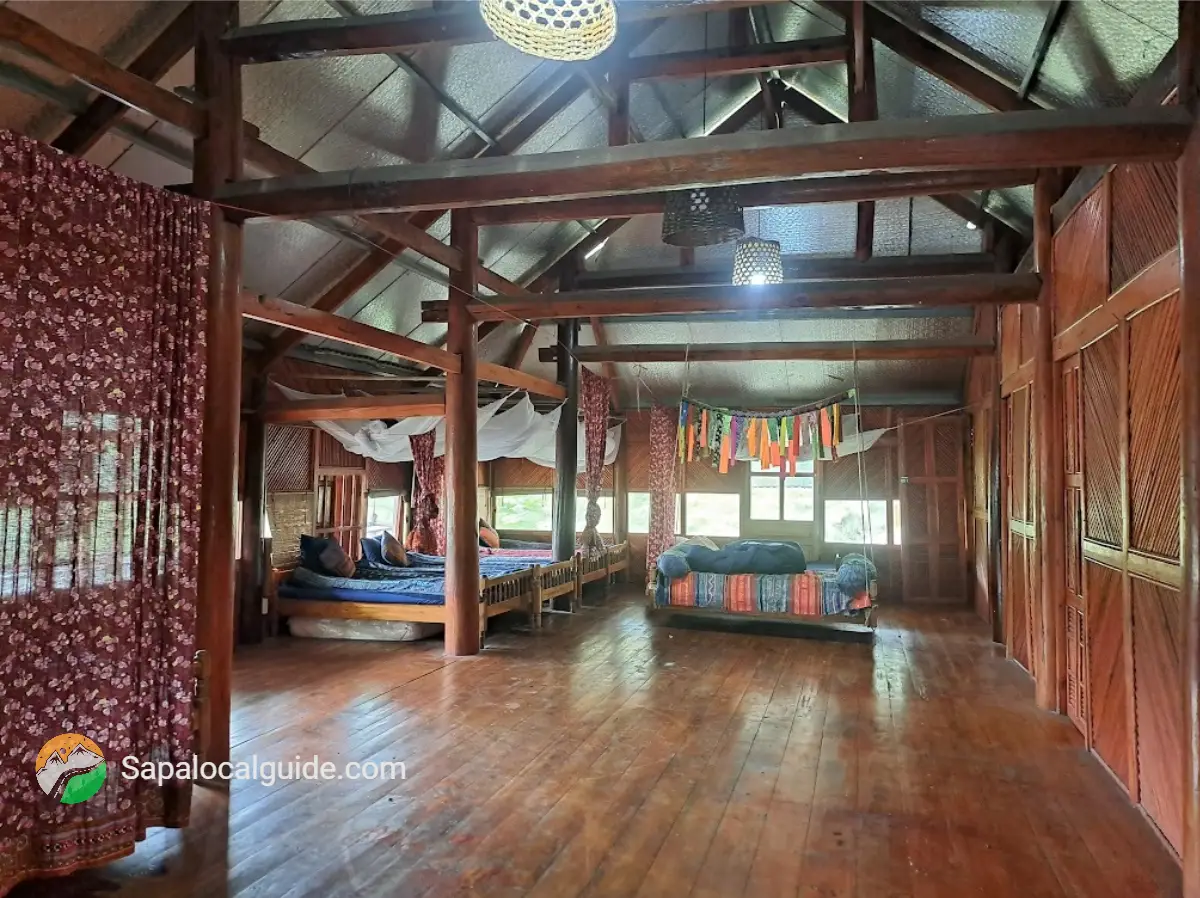
To legally offer a homestay, it must be registered. To get registered, a home needs to have a flush toilet, be clean and tidy, have mosquito nets on the beds, and most importantly, be hygienic. The host must take a food hygiene course and pass an exam.
Important: Not all homestays are registered, so this isn't always guaranteed.
Some might feel that these rules make the homestay experience less authentic, but they should make your stay better; getting diarrhea from poorly prepared food is not fun, especially when the toilet is just a hole in the ground.
Even with these changes, homestays with minorities are still simple. The houses are like small cabins, there is no natural light, the mattresses are thin, the toilet is outside the house, and there is no sound insulation. Also, if you don't like insects and spiders, a homestay might not be for you. But it should still be comfortable and clean enough.
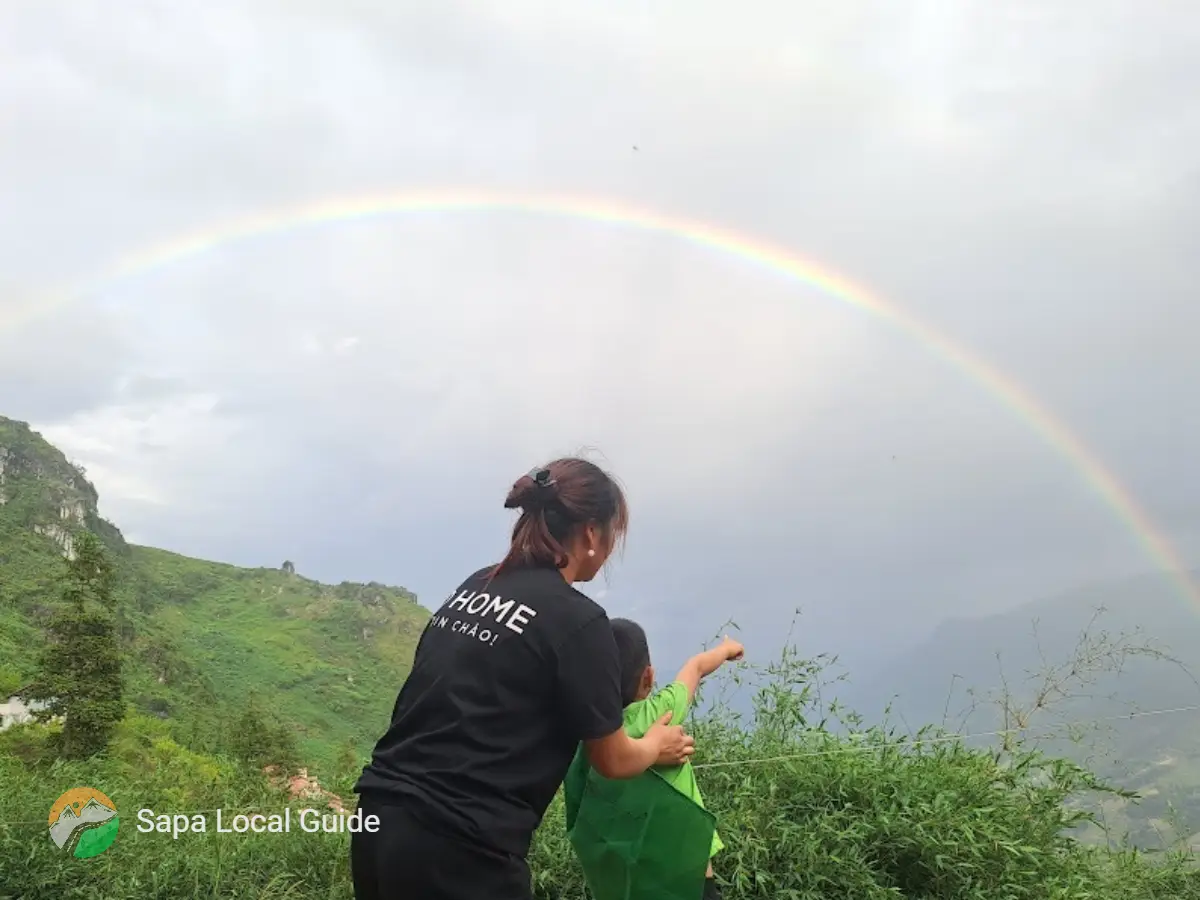
The reason to stay in a real Sapa local homestay in Tavan village of ethnic minorities has everything to do with a unique experience. Do you want to know more about the daily life of the ethnic population? Taste the food that is traditionally made. Talk to the host and maybe drink rice wine together. Stay in the mountains or between the rice terraces. Of course you also have no problem to be without luxury and comfort.
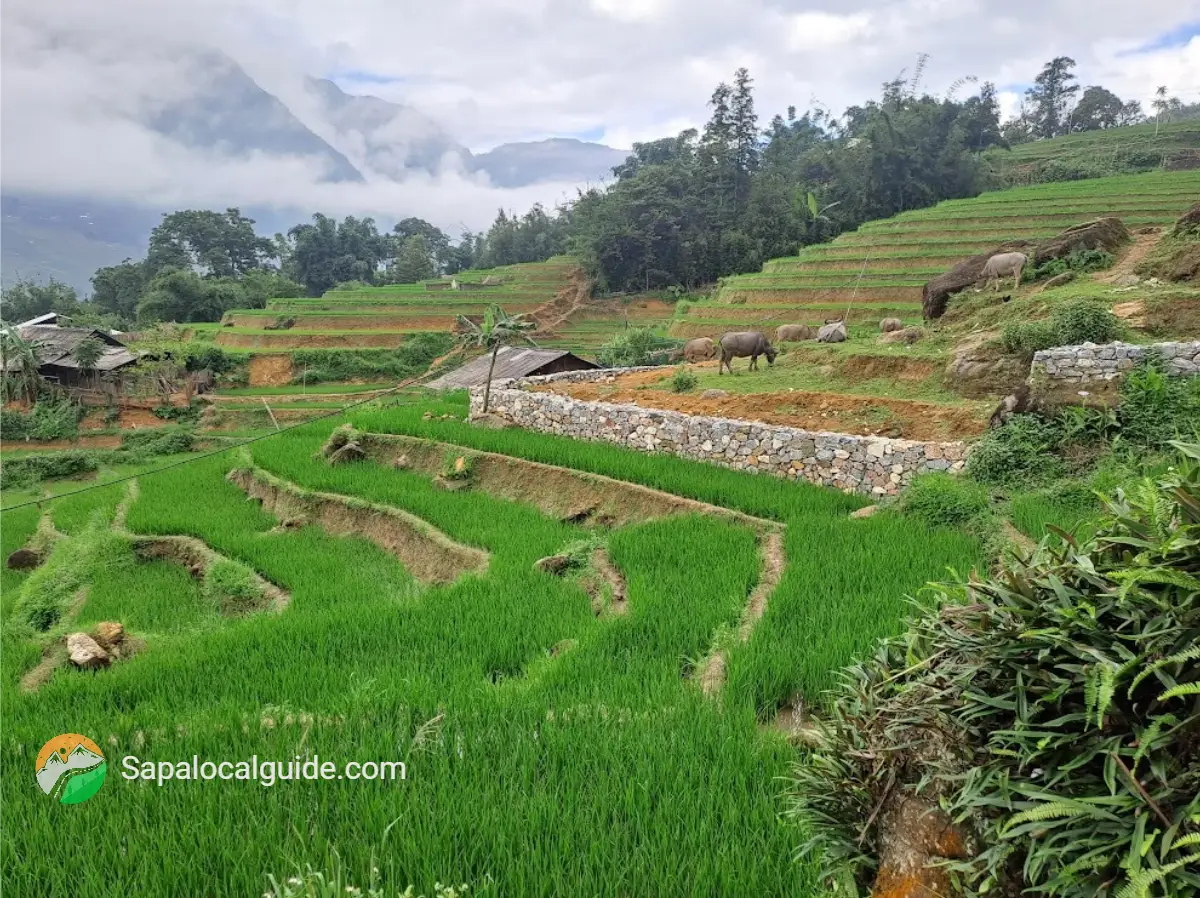
Staying with a family from an ethnic minority gives you an insight into their daily life. There are more than 50 minorities, all with their own languages, traditions and clothing. You get to meet a Vietnamese family and interact with them. It if normal in Vietnam that a couple of generations live in the same house, so you will meet grandparents, parents and grandchildren. They often lived in the some area for generations and know everything about the area and their culture.
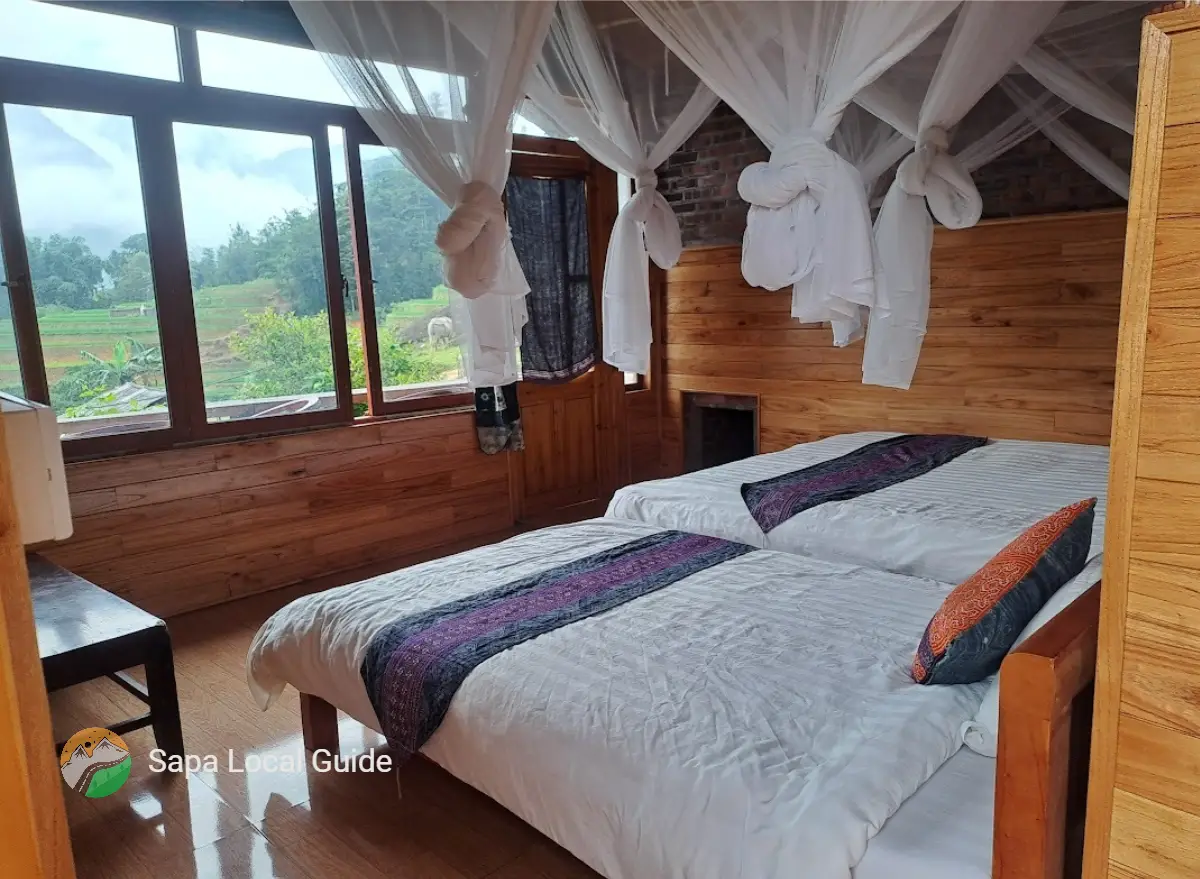
Homestays usually offer different activities, such as local guided trekking, herbal baths, cooking classes, cultural shows, market visits, and other similar things. The hosts can help with renting motorbikes and arranging transportation to your next destination.
Besides the cultural experience, staying in a homestay lets you keep walking from village to village. Many homestays are located in some of Vietnam’s most beautiful places, close to stunning mountains, lovely rice fields, or amazing waterfalls.
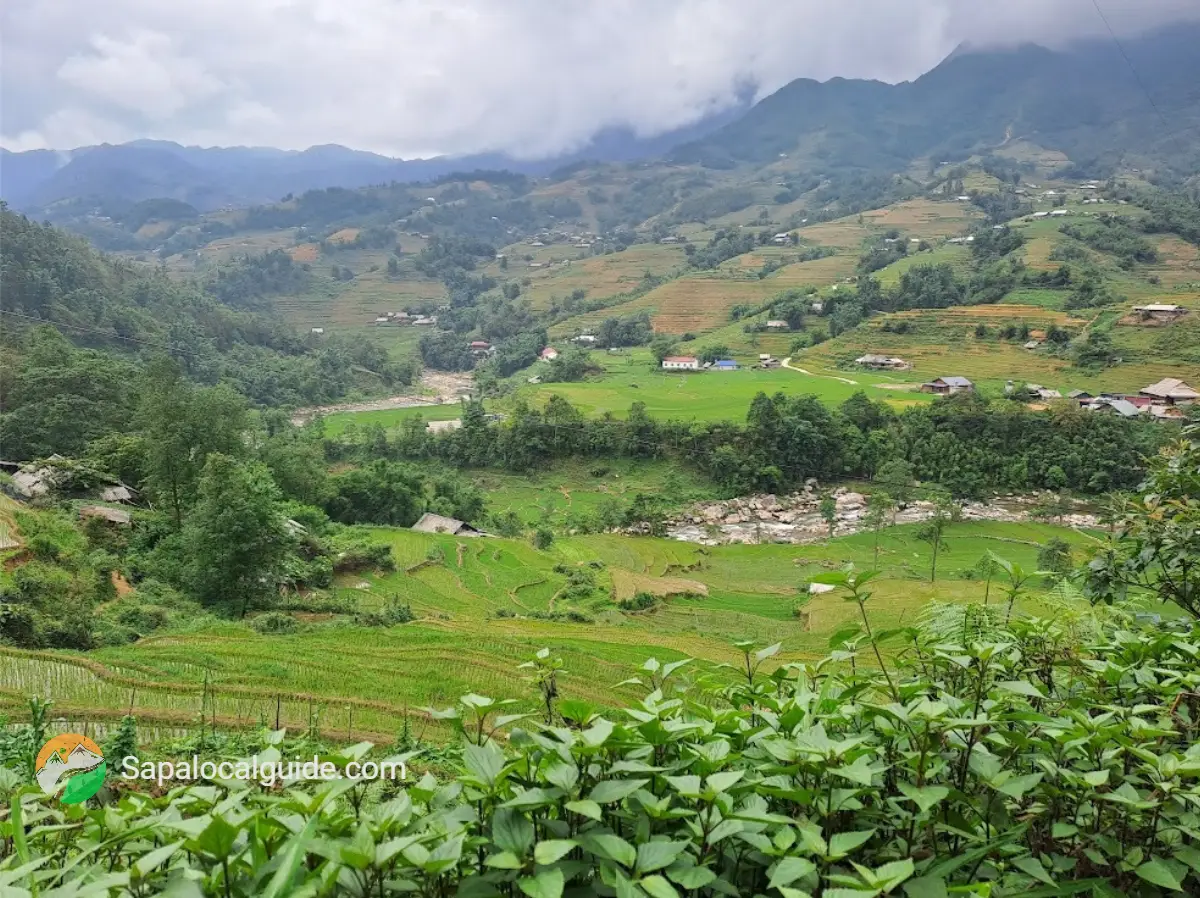
The final reason to stay in a Local homestay is that you help local families instead of big hotel chains. You don’t just support the host's family, but also farmers, cooks, fishermen, guides, and transport providers.
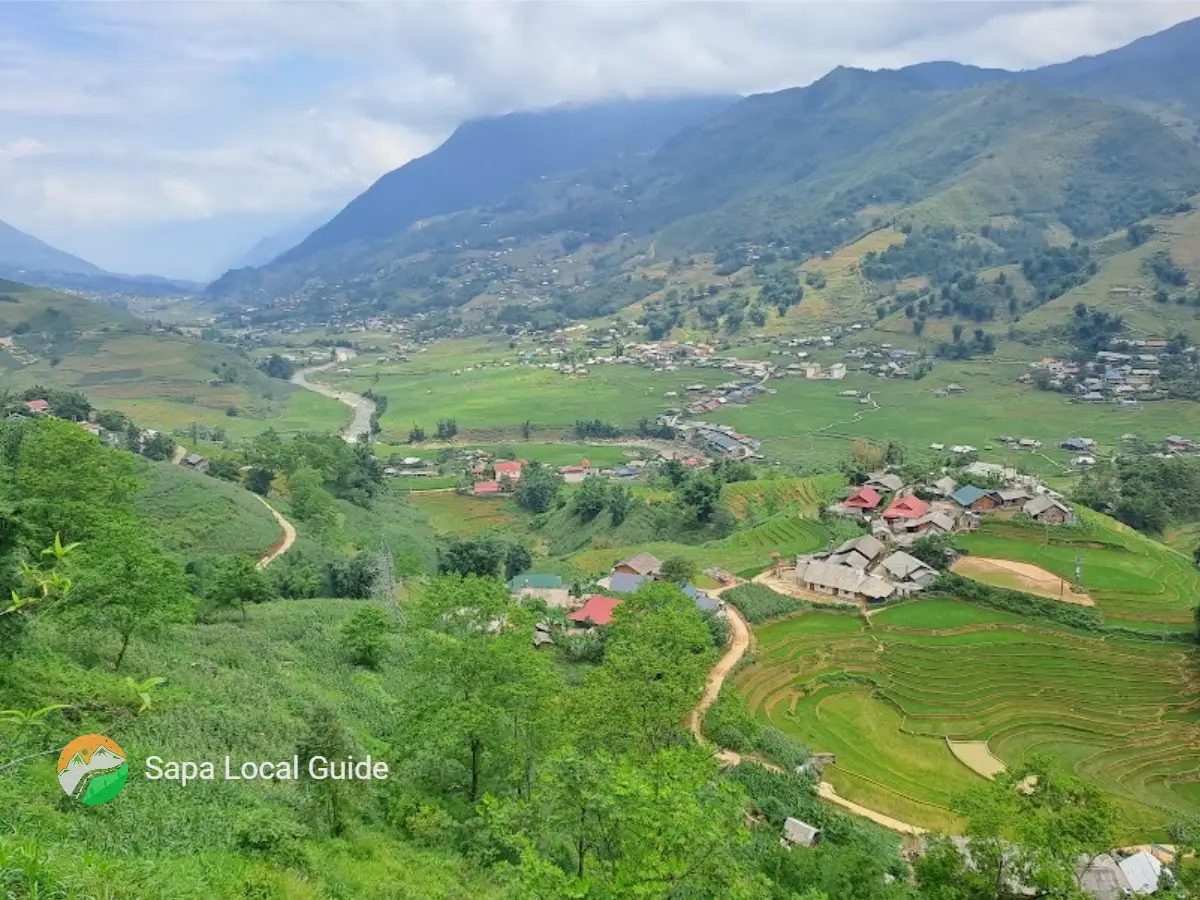
If you want to stay in a real homestay with ethnic minorities, these are the best places to go:
Sapa (the most popular place); especially in villages like Lao Chai, Ta Van, and Sin Chai, Tavan, Taphin, Supan and Ban Ho villages.
Sapa 1 Day

1 day experience,Rice fields, valley, villages. Moderate to challenging, Private,Vegan-friendlyCultural immersion & active adventure
Motorbike Tour

1 day experience,Rice fields,waterfall.Challenging,Private tours friendly Cultural immersion, active adventure
Sapa 2 Days

2 days 1 night experience. Moderate to challenging, adventure. Mountains, valleys, rice fields and villages. Vegan-friendly
Sapa 3 Days

3 days 2 night experienc, Moderate to challenging. Mountains, valley, rice fields & villages. Private tours. Vegan-friendly
Popular places for modern Local homestays in Sapa: In Sapa center, Yinh Ho, Lao Chai, Tavan, Supan and Ban Ho villages.
There are various ways to book a homestay in Vietnam.
The most popular method is through booking a package tour. This is especially true in more remote areas like Sapa, Pu Luong, Ha Giang, and the Mekong Delta. These tours are popular because these places are difficult to reach independently. Package tours typically include transportation to and from these locations, along with local experiences such as visiting markets, cooking classes, and biking tours, which can be challenging to organize alone due to language barriers. Many multi-day trekking tours also offer overnight stays at homestays.
Modern homestays can also be found on websites like booking.com, agoda, and airbnb. Moreover, traditional homestays are increasingly listed on these platforms.
If you prefer to explore on your own, simply inquire locally. In villages, you might find signs for homestays or ask locals politely. Remember that many locals may speak limited or no English, so it's helpful to know basic Vietnamese phrases.
basic Vietnamese need to know here:
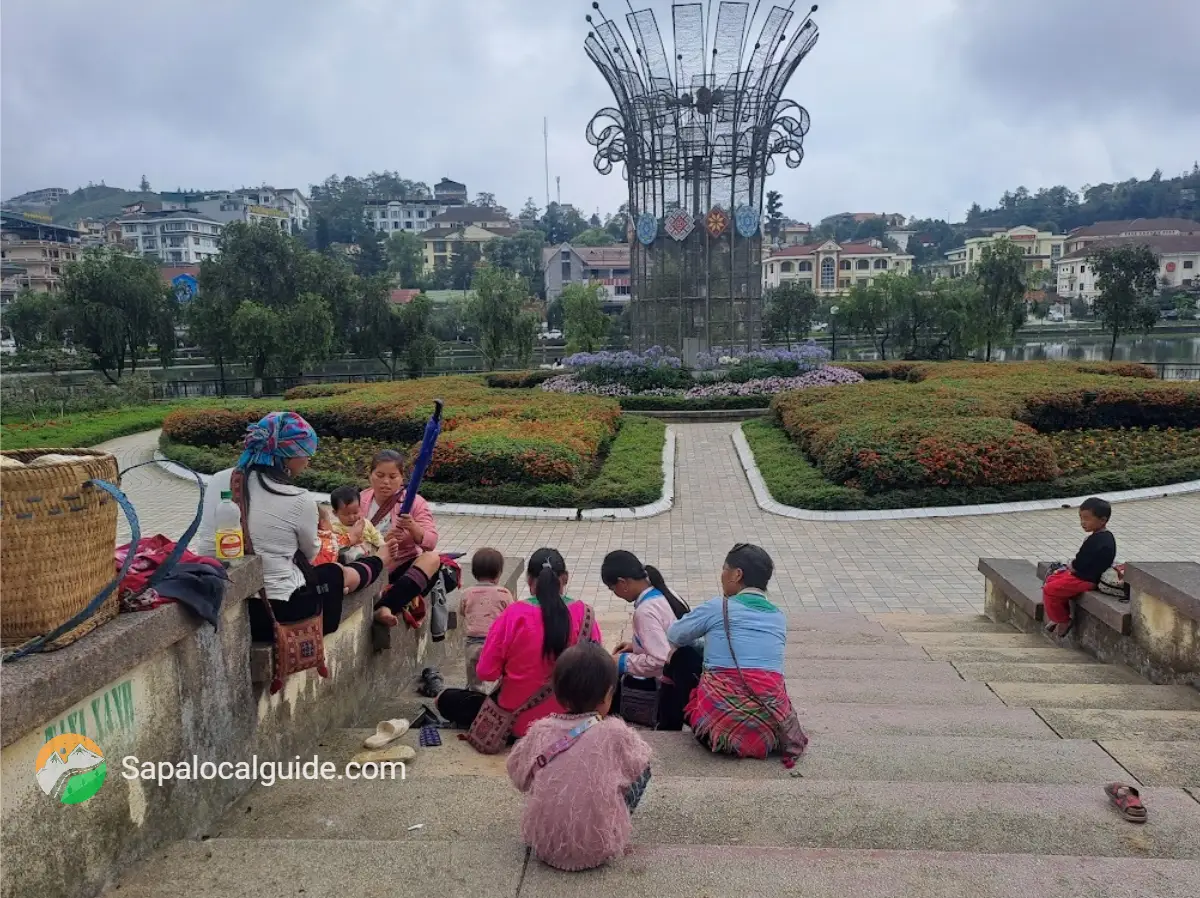
In rural areas, hosts usually don't speak much English. Sometimes a younger family member might know a bit, or on guided treks, your guide can translate for you. Otherwise, you might have to get creative, using gestures or trying translation apps.
If you stay in rural areas, bring mosquito repellent. In the mountains, bring warm clothes for sleeping because there are no heaters.
Do I need to bring a gift for the host?
It's not standard for tourists to bring gifts, but it's appreciated. Fruit, for instance, is a nice idea. Avoid bringing snacks for the children because they might not have good dental care.
It varies by place, but usually, breakfast is included, and you can opt for lunch and/or dinner. Coffee and tea are often free. They provide bed linens, mosquito nets, bath towels, soap, and shampoo.
Sapa 1 Day

1 day experience,Rice fields, valley, villages. Moderate to challenging, Private,Vegan-friendlyCultural immersion & active adventure
Motorbike Tour

1 day experience,Rice fields,waterfall.Challenging,Private tours friendly Cultural immersion, active adventure
Sapa 2 Days

2 days 1 night experience. Moderate to challenging, adventure. Mountains, valleys, rice fields and villages. Vegan-friendly
Sapa 3 Days

3 days 2 night experienc, Moderate to challenging. Mountains, valley, rice fields & villages. Private tours. Vegan-friendly
Complete with itinerary, destinations, food, accommodation and tips!
